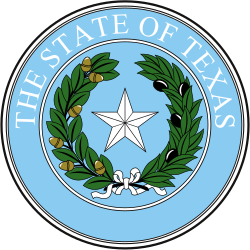| |||||||||||||||||
| |||||||||||||||||
 County results Tower: 50–60% 60–70% 70–80% Krueger: 50–60% 60–70% 70–80% 80–90% Tie: 50–60% | |||||||||||||||||
| |||||||||||||||||
| Elections in Texas |
|---|
 |
The 1978 United States Senate election in Texas was held on November 7, 1978. Incumbent Republican U.S. Senator John Tower narrowly won re-election to a fourth term. This is the closest that a Texas Democrat has come to defeating an incumbent Republican U.S. Senator. [1]

